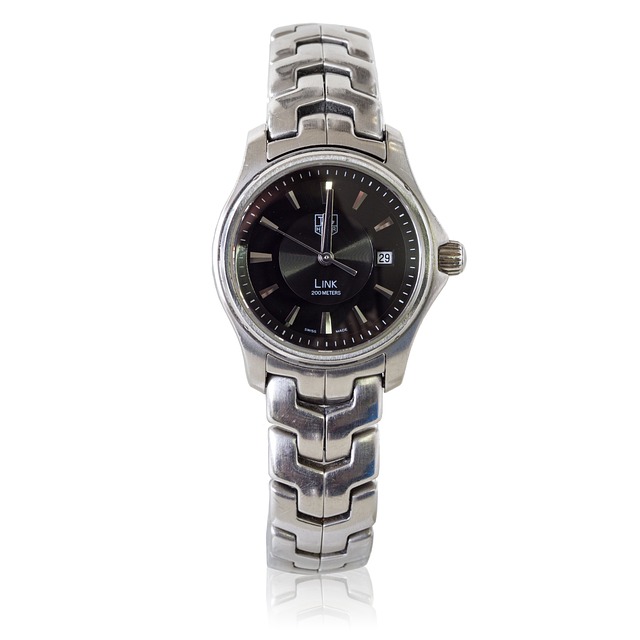Skin tags, medically known as acrochordons, are harmless growths caused by friction or trauma, appearing as small bumps or firmer dermal tags. Bristol offers various removal methods, including over-the-counter creams for gradual results and cryotherapy for quick fixes. Proper aftercare post-removal involves cleaning, hydration, and avoiding irritation to ensure optimal healing. Preventative measures include good hygiene, regular exfoliation, hydration, and a balanced diet to minimize future tag formation.
Skin tags, those tiny, harmless growths on the skin, are a common concern. While they’re usually benign, many people seek ways to remove them for aesthetic reasons or comfort. This article guides you through understanding skin tags, exploring various methods for effective Bristol tag removal, and providing aftercare tips for optimal results. From non-invasive procedures to home remedies, discover the best approach for your needs.
- Understanding Skin Tags: Causes and Types
- Common Methods for Bristol Tag Removal
- Aftercare and Prevention Tips for Effective Results
Understanding Skin Tags: Causes and Types
Skin tags, also known as acrochordons, are small, soft skin growths that typically appear on the neck, armpits, or groin area, but they can show up anywhere on the body. They are usually harmless and often go unnoticed, however, some individuals may find them unsightly or uncomfortable. Understanding their causes and types is an essential step in considering Bristol Tag Removal methods.
These tags form due to friction or irritation of skin, with common triggers including obesity, aging, and skin trauma. They can be either attached to the surface of the skin (superficial) or embedded deeper within (dermal). Superficial tags are more common and often resemble small, soft, flesh-colored bumps or warts. Dermal tags, though less frequent, can feel firmer and may have a thinner base connecting them to the skin.
Common Methods for Bristol Tag Removal
When it comes to Bristol tag removal, several common methods are available, each with its own set of advantages and considerations. One popular approach is using over-the-counter creams and solutions that contain ingredients like salicylic acid or glycolic acid. These chemicals help to exfoliate and eventually remove the skin tags by softening the skin and breaking down the tissue. However, this method may require consistent application over several weeks for effective results.
Another common technique involves freezing the skin tags with liquid nitrogen, a process known as cryotherapy. This method is typically performed by dermatologists and requires professional expertise. Freezing kills the skin tags by damaging their blood supply, leading to their eventual fall off. While it may cause temporary redness or itching, it offers a quick and effective solution for many people seeking Bristol tag removal.
Aftercare and Prevention Tips for Effective Results
After successfully removing skin tags through professional procedures like those offered at Bristol Tag Removal, proper aftercare is essential to ensure optimal healing and minimize the risk of complications. It’s crucial to keep the treated area clean and dry, avoiding excessive scratching or irritation. Using a gentle cleanser and patting the skin gently with a soft cloth can help maintain hygiene without agitating the sensitive tissue. Additionally, applying a thin layer of unscented moisturizer can aid in keeping the skin hydrated during the healing process.
Preventing future skin tags from forming involves maintaining good hygiene practices and taking proactive measures. Regularly exfoliating the skin helps remove dead skin cells and may prevent new tags from developing. Moreover, staying hydrated and maintaining a balanced diet rich in vitamins and minerals contributes to overall skin health. Avoiding harsh scrubs or picks that can cause micro-tears in the skin is also vital, as these can lead to tag formation. Remember, consistent care and attention to your skin’s needs are key to achieving and maintaining smooth, tag-free skin.
Skin tags can be unsightly and uncomfortable, but with the right approach, their removal is achievable. Understanding the causes and types of skin tags empowers individuals to make informed decisions about their treatment options. Common methods for Bristol tag removal, such as freezing or cutting, offer effective solutions. Proper aftercare and prevention tips are crucial for achieving desirable results and minimizing recurrence. By following these guidelines, folks can bid farewell to these tiny, yet often pesky, remnants on their skin.
